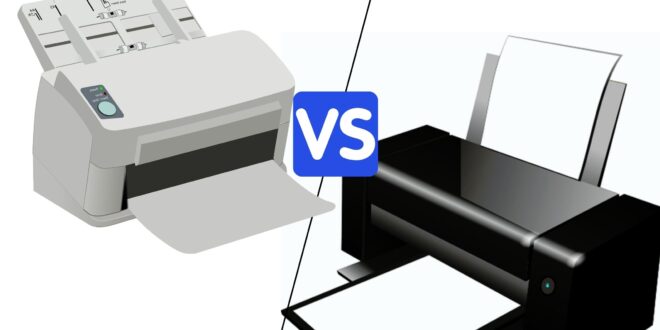In the midst of a rapid digital transition, printers maintain their position as vital tools in our daily lives. Despite the increasing emphasis on digital documents and cloud storage, the necessity for tangible prints remains relevant in homes, schools, and businesses. Whether you’re printing an essential business report, a student’s assignment, or cherished family photos, the choice between an inkjet or laser printer becomes crucial.
Inkjet Printers Explained
Inkjet printers are perhaps what most people picture when they think of home printers. They use liquid ink, stored in cartridges, to produce images and text. Known for their versatility, inkjet printing machines are common in both homes and offices, delivering high-quality photo prints and crisp documents.
How inkjet printers work
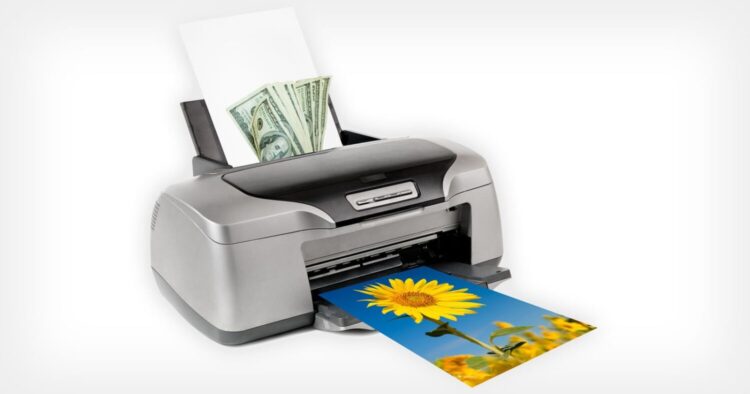
Behind the facade of a regular inkjet printer lies a marvel of micro-engineering. Here’s the breakdown: tiny nozzles in the printer’s head release minute ink droplets with remarkable precision. When a print command is sent, these nozzles are activated, directing droplets onto paper in a specific pattern. The resulting prints can reproduce vibrant, lifelike colours with sharp details, capturing the intricacies of photographs and graphics.
Laser Printers Explained
At the mention of a colour laser printer, many envision a bulky machine tucked away in a corporate office’s corner. These printing machines, which utilize toner (a fine powder) and laser technology, are best known for their prowess in handling high-volume print jobs swiftly and consistently.
How laser printers work

Laser printers operate using a fascinating conjunction of light, electricity, and heat. Here’s the science: a laser beam sketches out the desired image or text on an electrically charged rotating drum. This drum then attracts the toner in the shape of the design. As the paper rolls past this drum, the design is transferred onto it. Finally, a heated roller (fuser) melts the toner, permanently fixing the image or text to the paper.
Printing Technology Comparison
In a world filled with varied printing needs, it’s essential to grasp the fundamental distinctions between inkjet and laser technologies. At the heart of the inkjet lies its liquid ink, which is sprayed with precision to produce vibrant, detailed images. On the other hand, the laser printing machine, with its toner and laser technology, offers consistency and speed, especially for text-heavy documents.
Print Quality
Inkjet Printers: Inkjet printers excel in producing vivid, high-resolution images. They offer a wider colour gamut, which makes them the go-to option for photo printing. The microscopic droplets of ink blend seamlessly on the paper, reproducing subtle gradients and shades, perfect for intricate graphics or detailed photographs.
Laser Printers: Laser printing machines are revered for their crisp, sharp text outputs. While they can produce decent colour prints, they truly shine when it comes to black and white documents.
Speed Comparison
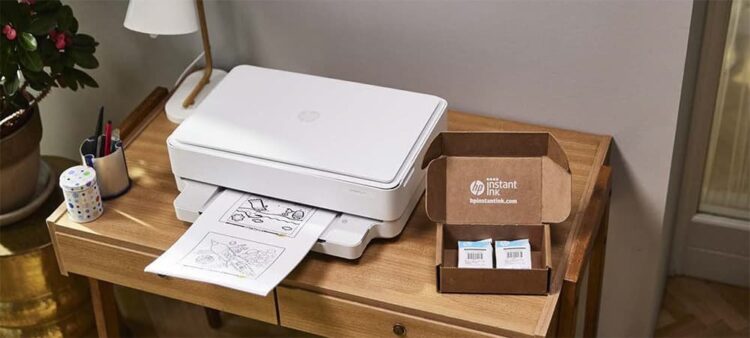
In the race against time, speed becomes an integral factor when choosing a printer.
Inkjet Printers: While inkjet printers have evolved to offer faster print speeds than before, they still lag behind their laser counterparts, especially when handling extensive print jobs.
Laser Printers: Renowned for their speed, laser printing machines are the champions of high-volume printing. They can churn out pages at an astonishing rate, making them ideal for bustling offices with significant print demands.
Cost of Ownership
The initial purchase price is just the tip of the iceberg. It’s the long-term expenses that truly define the cost-effectiveness of a printer.
Inkjet Printers: Typically, inkjet printing machines come with a lower upfront cost. However, the ink cartridges, which need frequent replacements, especially with heavy printing, can become an ongoing expense.
Laser Printers: Though laser printers usually have a higher initial cost, their long-term operation can be more cost-efficient. Toner cartridges, while more expensive than ink, last much longer. Plus, they don’t run the risk of drying out, ensuring minimal wastage.
Volume and Duty Cycle
Inkjet Printers: Ideal for low to medium print volumes, inkjet printing machines cater to home users or professionals who don’t require mass printing. Their design focuses on versatility rather than sheer volume.
Laser Printers: Constructed for endurance, laser printers can handle high-volume print jobs day in and day out. Their robust build ensures they can withstand the rigours of a busy office environment.
Size and Form Factor
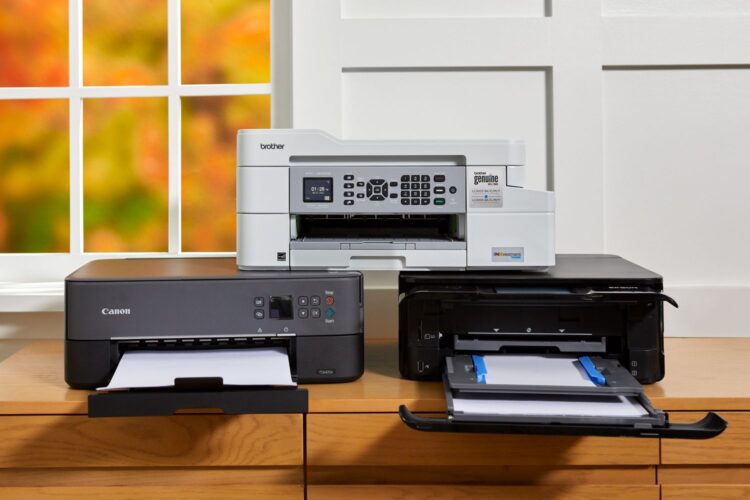
In the realm of aesthetics and space, the physical attributes of the printing machines play a pivotal role.
Inkjet Printers: Generally compact, inkjet printing machines can fit snugly in tight spaces, making them perfect for home offices or small workspaces. Their design often prioritizes a sleek, unobtrusive appearance.
Laser Printers: These tend to be bulkier due to their complex internal mechanisms. While there are smaller laser printing machine models available, they are often more substantial than their inkjet counterparts.
Colours Printing
Inkjet Printing Machines: When it comes to reproducing a vast spectrum of colours, inkjets reign supreme. They can seamlessly blend multiple ink colours, resulting in prints that pop with vibrancy and depth.
Laser Printers: While laser printing machines can produce colour prints, they may not achieve the same vibrancy as inkjets. However, for standard business graphics or presentations, they are more than adequate.
Pros and Cons of Inkjet Printers
Advantages:
Versatility: Inkjet printing machines are capable of printing a wide variety of documents, from high-resolution photos to standard text documents.
Colour Quality: They excel in producing vibrant and lifelike colours, making them ideal for photo printing.
Compact Design: Most inkjet models are designed to be space-saving, fitting comfortably in smaller spaces.
Lower Initial Cost: They often come with a more affordable upfront price tag, making them accessible for home users.
Disadvantages:
Slower Speeds: Especially when compared to laser printers, inkjets can be slower, particularly for high-volume jobs.
Costly Cartridges: While the printing machines itself may be cheaper, ink cartridges can be expensive and need frequent replacements.
Ink Drying: If not used regularly, the ink can dry out, leading to potential clogs and wastage.
Pros and Cons of Laser Printers
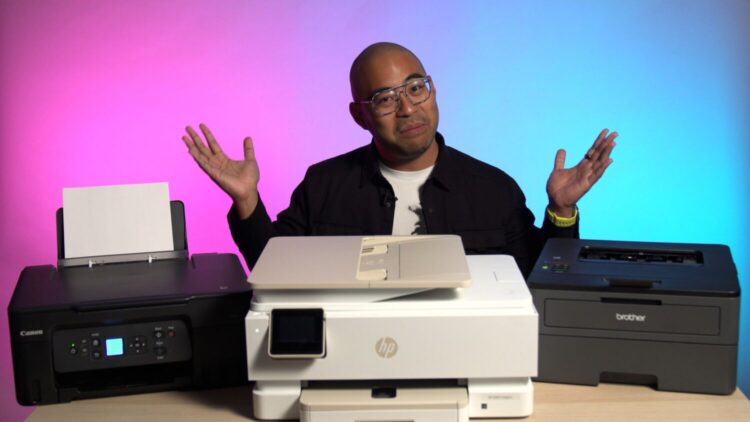
Advantages:
Speed: Laser printers are built for speed, handling large volume jobs with ease.
Consistent Quality: They deliver consistent, high-quality prints, especially for text documents.
Economical for High Volume: Over time and with heavy use, the cost-per-page can be more economical than inkjets.
Long-Lasting Toner: Toner doesn’t dry out like ink, making it suitable for infrequent printing without the risk of clogs or waste.
Disadvantages:
Higher Initial Cost: The upfront cost for a laser printing machine, especially colour models, can be significantly higher than inkjets.
Bulkier Design: Many models are larger, requiring more space.
Colour Limitations: While capable of colour printing, they might not achieve the same depth and vibrancy as high-end inkjet printing machines.
Conclusion
Navigating the maze of printer technology can be daunting. If you’re seeking vibrant photo prints and have space constraints, an inkjet might be your best bet. Conversely, if crisp text documents, speed, and long-term economy are your priorities, a laser printing machine could be the way to go. If you are maybe interested in finding out the advantages and disadvantages of 3D printing you can check here.
 Hi Boox Popular Magazine 2024
Hi Boox Popular Magazine 2024
